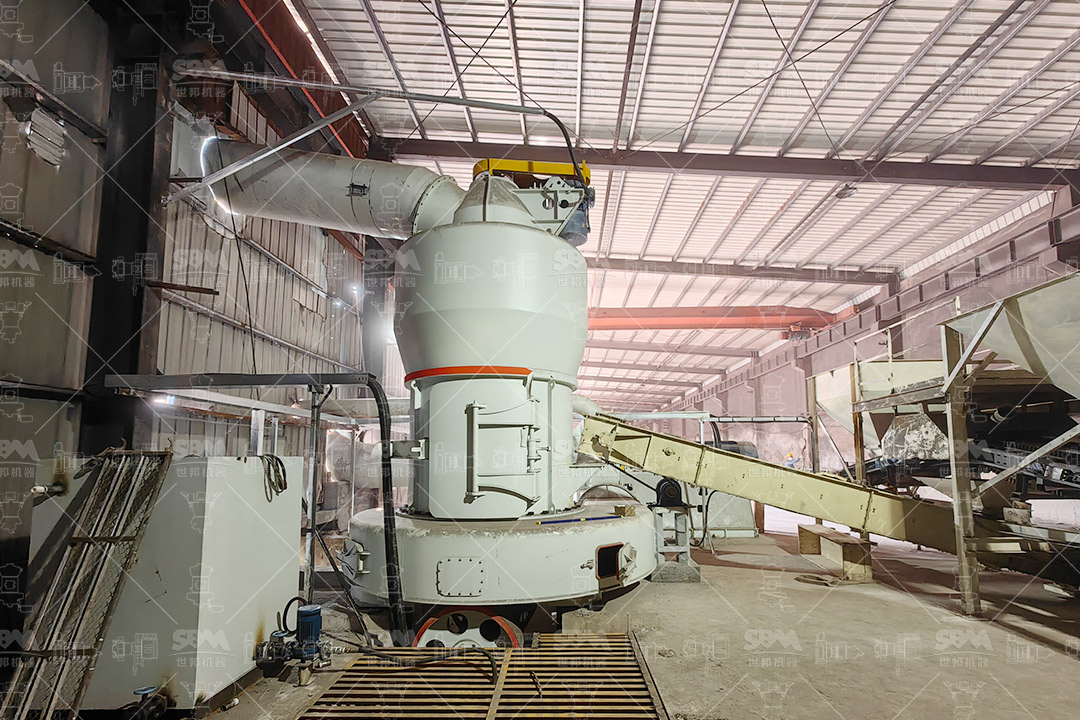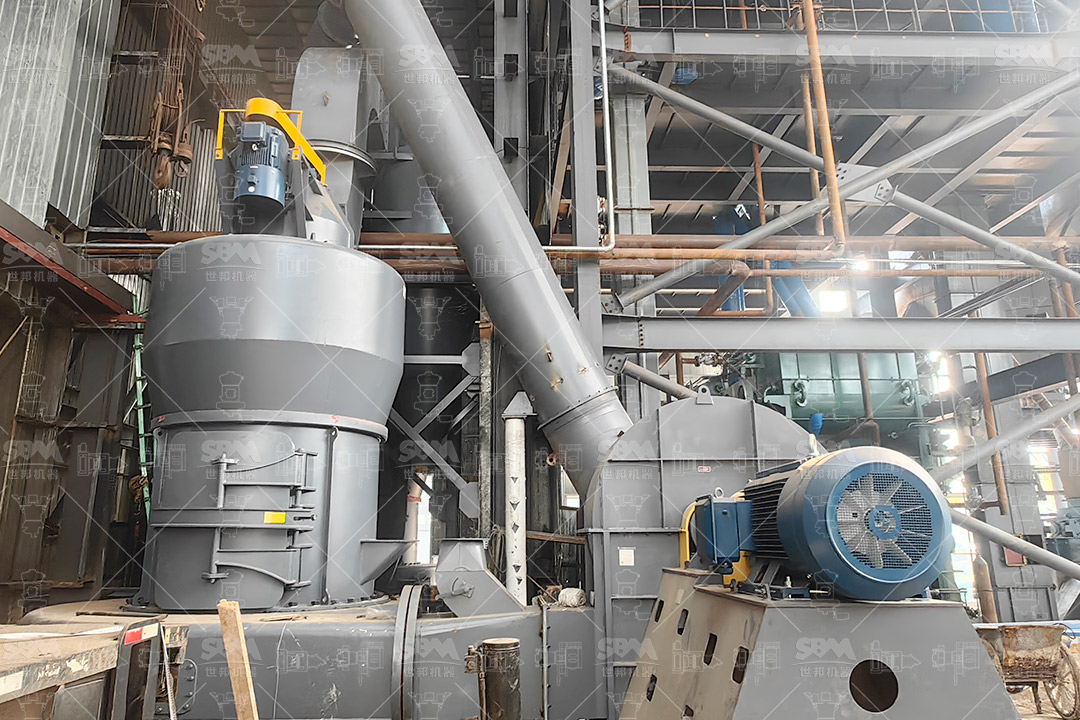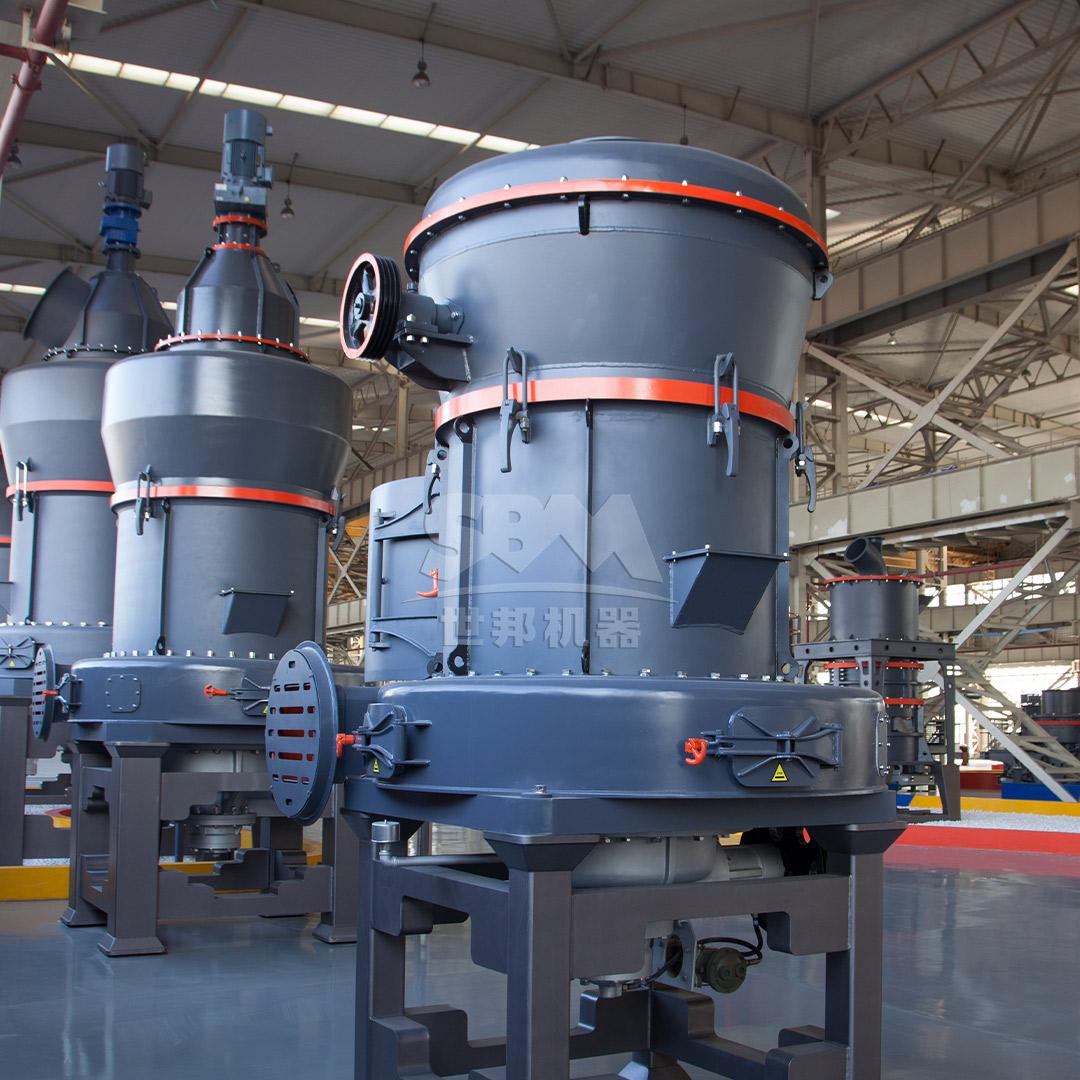The production of high-purity solar silicon demands exceptional precision and purity standards throughout the manufacturing process. Quartz, as the primary raw material, must be ground to very specific fineness levels without introducing contaminants that could compromise the final solar cell efficiency. Selecting the appropriate grinding mill is therefore not merely an operational decision but a critical strategic one that impacts product quality, energy consumption, and overall production economics. This article provides a comprehensive guide to the key factors and mill technologies essential for optimizing quartz grinding in the solar silicon industry.

Quartz (SiO₂) is a hard, abrasive mineral with a Mohs hardness of 7. Its crystalline structure makes it challenging to grind without generating excessive heat, which can affect mill components and, in some cases, the material itself. For solar-grade silicon production, the purity of the quartz powder is paramount. Any metallic contamination from mill wear parts (iron, chromium, etc.) can severely degrade the performance of the resulting polysilicon.
The target fineness for quartz powder used in silicon metallurgy typically ranges from 100 to 325 mesh (149 to 44 microns) for the initial carbothermic reduction process. However, for more advanced purification techniques or specific applications, finer grinds up to 2500 mesh (5 microns) may be required. The grinding system must be capable of achieving a narrow particle size distribution (PSD) to ensure consistent reaction rates and efficient downstream processing.
| Parameter | Typical Requirement for Solar Silicon | Criticality |
|---|---|---|
| SiO₂ Content | >99.5% | High |
| Iron (Fe) Contamination | < 50 ppm | Very High |
| Aluminum (Al) Contamination | < 100 ppm | High | Particle Size (D50) | 44 – 149 microns (325 – 100 mesh) | Medium-High |
| Particle Size Distribution | Narrow (e.g., D90/D10 < 5) | Medium |
The most critical factor is the minimization of metallic contamination. Mills that utilize steel-on-steel contact for grinding, such as traditional ball mills, can introduce significant iron impurities. The preferred solution is a mill designed with wear parts made from specialized ceramics, high-chromium white iron with ceramic lining, or other advanced materials that are highly resistant to abrasion and minimize iron pick-up. The entire grinding chamber and classifier should be constructed to prevent contamination.
Grinding is an energy-intensive process. Mills that utilize a bed-breaking or roller-press principle, where particles are crushed against each other under pressure, are generally more efficient than those relying on impact or attrition alone. Energy consumption directly affects the cost per ton of quartz powder, making efficiency a key economic driver.
The ability to precisely control the top particle size and achieve a consistent PSD is vital. An integrated, high-efficiency classifier is essential. Air classifiers separate fine particles from coarse ones based on aerodynamic properties, allowing for real-time adjustment of the product fineness without stopping the mill. A mill with a poor classifier will produce a wide PSD, leading to inefficiencies in subsequent silicon production steps.
Given the abrasive nature of quartz, mill components are subject to wear. A well-designed mill will offer easy access for maintenance and feature durable, long-lasting wear parts. The design should minimize downtime for part replacement. Automated control systems that monitor key parameters like pressure, temperature, and motor load can also enhance reliability by preventing operational issues.
The total cost of ownership must be evaluated. This includes not only the initial purchase price (CAPEX) but also the costs of power consumption, wear parts, maintenance labor, and potential production losses due to downtime (OPEX). A mill with a higher initial cost but significantly lower OPEX may be the more economical choice over its lifespan.

Principle: A rotating cylinder filled with grinding media (e.g., steel balls) where size reduction occurs through impact and attrition as the balls cascade.
Pros: Well-established technology, can handle a wide range of feed sizes, relatively low capital cost.
Cons for Solar Silicon: Very high risk of iron contamination from grinding media and liner wear. Low energy efficiency, especially for fine grinding. Generates a broad PSD unless coupled with an external classifier.
Verdict: Generally not recommended for high-purity solar quartz applications due to contamination issues.
Principle: Material is ground between a rotating table and rollers pressed against it. Ground material is transported by airflow to an integral classifier.
Pros: Excellent energy efficiency due to the bed-breaking principle. Compact footprint. Integrated drying capability if hot gas is available. Good control over PSD.
Cons for Solar Silicon: Metal-to-metal contact between rollers and table can be a source of contamination, though ceramic-lined variants mitigate this.
Verdict: A strong contender, especially for medium-fineness applications, provided contamination is controlled through specialized wear parts.
Principle: Similar to a VRM but often with a horizontal axis and spring-loaded rollers that grind against a stationary ring.
Pros: Proven technology, good for medium-fine grinding (30-325 mesh).
Cons for Solar Silicon: Potential for contamination similar to VRMs. May have limitations on achieving very fine grinds (< 400 mesh) efficiently.
Verdict: Suitable for standard purity requirements but may need evaluation for the highest purity solar silicon.
Principle: Uses high-pressure jets of air or steam to accelerate particles, causing them to collide and fracture. No grinding media.
Pros: The ultimate solution for contamination control as there is no mechanical contact. Capable of producing very fine and ultra-fine powders with a narrow PSD.
Cons for Solar Silicon: Very high energy consumption. Lower capacity compared to mechanical mills. Higher capital and operational costs.
Verdict: Ideal for applications requiring the absolute highest purity and ultra-fine grinds, but cost-prohibitive for high-tonnage primary grinding.
Based on the stringent requirements of the solar silicon industry, two mill technologies stand out as optimal solutions, balancing purity, efficiency, and cost-effectiveness.
For producers targeting the finest quartz powders (325-2500 mesh / 45-5μm) for advanced silicon purification processes, the SCM Ultrafine Mill is an exemplary choice. This mill is engineered to meet the highest standards of purity and precision.
Why it excels for Solar Quartz:
Models like the SCM1250 (2.5-14 t/h, 185kW) are particularly well-suited for medium to large-scale solar quartz processing plants requiring a consistent supply of high-purity, ultra-fine powder.

For the majority of solar silicon production where the target fineness is in the 30-325 mesh range (0.6mm-44μm), the MTW Series Trapezium Mill offers an unbeatable combination of high capacity, reliability, and purity.
Why it excels for Solar Quartz:
A model such as the MTW215G (15-45 t/h, 280kW) is an ideal primary grinder for a solar silicon facility, capable of processing large volumes of quartz to the required specification with low operational costs.
Selecting the right quartz grinding mill is a decisive step in establishing a competitive and high-quality solar silicon production line. The choice hinges on a careful balance between the required purity level, target particle size, production capacity, and total cost of ownership. For standard fineness requirements with high throughput, the MTW Series Trapezium Mill provides a robust and efficient solution. When the process demands ultra-fine powders with the absolute minimum contamination, the SCM Ultrafine Mill stands as the superior technological choice. By investing in the appropriate grinding technology, solar silicon producers can ensure the foundational material for their products meets the exacting standards that the renewable energy market demands.